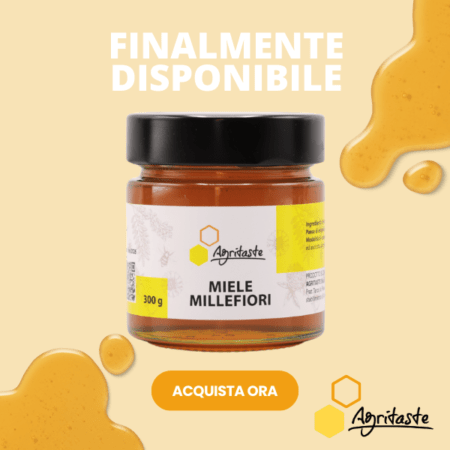Curiosities about the Black Truffle
There are historical artifacts that demonstrate the strong connection of the truffle with our Spoletino and Umbrian territory.
One of the greatest testimonials to the truffle in the 19th century was Gioachino Rossini, who called the truffle "the Mozart of mushrooms."
The strong connection of the truffle to our territory is also well known from its common name, vulgarly known as Black Winter Truffle of Norcia and Spoleto. Areas very rich in this fungus that over the years have produced almost two-thirds of the world's black truffle production.
The truffle is a fungus that grows underground, and belongs to the family Ascomycetes. It develops in symbiosis with the roots of various tree species, forming mycorrhizae;
This symbiosis allows the two organisms (fungus and root) to benefit each other. In the symbiotic relationship, fungi, whether hypogeous such as truffles or epigeous such as porcini, receive from the host plant the carbohydrates necessary for their metabolism, the fungi in turn help the plant in the uptake of water and mineral salts particularly nitrogen and phosphorus.
Black truffles establish this deep relationship with Holm oaks, Downy oaks, Hazel trees, Black hornbeams, and Turkey oaks.
The great task of unearthing these precious fruits, falls to our faithful 4-legged friend, the dog; who with his exceptional sense of smell can distinguish and detect truffles growing underground.
Features
Appearance: It has a rounded, sometimes irregular shape. The outer last (peridium) has a warty surface, with a pyramidal shape with a depressed apex. The color varies from dark brown to black.
The inner flesh (gleba) is completely black when it reaches its maximum maturity. The veins are whitish and thin and dense in a branching pattern.
Smell: It is the most fragrant truffle, with aromas of underbrush and dried mushrooms.
Taste: The tastiest of the black truffles, its aroma is reminiscent of chocolate and hazelnut.
Nutritional properties
Truffles contain good amounts of protein and are generally well digested. It contains minerals (calcium, potassium, magnesium, phosphorus, and iron), modest amounts of carbohydrates, and olfactory principles. They are also rich in Vitamins of groups A, B, and C.
Usage tips on Black Truffle:
How to use Truffle in cooking
The black truffle is widely appreciated in cooking raw, but when subjected to a temperature that is not too intense, it is enhanced.
To best enjoy this exquisite truffle, mixed use, grated or sliced, is suggested.
Reduce the truffle to a sauce, finely grated, with added evo oil and salt to taste.
Garnish the dish with the thinly sliced truffle.
Read more - link to in-depth BLOG article
Truffle Preservation
Truffles consist mainly of water, so to best maintain their freshness, it is recommended that they be stored in the refrigerator, in an airtight container, wrapped with paper towels, such as scottex. The paper should be changed every 1/2 day to avoid too much moisture.
It is good to keep it dirty from its soil and to wash it just before its use.
Truffles should not be stored in rice, as they will absorb all their moisture and aroma.
Read more - link to in-depth BLOG article
Use and cleaning of the Truffle
The truffle should be washed in cold water with the help of a soft-bristled brush.
Once dried with a cotton dishcloth, proceed with its use.
It is preferred to be used raw, slicing it finely over hot dishes, but its aroma is enhanced in emulsions of gently warmed extra virgin olive oil or butter.
Read more - link to in-depth BLOG article
Tips for Tasting Black Truffle
One of the best ways to enjoy truffles, and also one of the easiest, is in combination with fresh pasta or risotto.
Black Truffle also pairs very well with main courses of red meat or game; also excellent when paired with fish, highly recommended on scallops.
Read more - link to in-depth BLOG article
Check out all the tips from our BLOG
The Best Pairings with Black Truffle
Pairings with savory foods
Eggs, cheese, pasta, rice, red meat, fish.
Pairings with desserts
Vanilla ice cream, cream mousseline typical of French pastry.
Wine pairings
Truffles are always accompanied by other ingredients; therefore, the choice of wine to pair with truffles will follow the other starring elements of the dish
Whites: Fragrant, well balanced in freshness and acidity, and smooth on the palate; like a Verdicchio, Vernaccia, Muller thurgau, or Timorasso.
Reds: Medium structure, such as a Barbera, Pinot Noir, Chianti classico, Valpolicella Ripasso, or Barbaresco.
Read more - link to in-depth BLOG article






